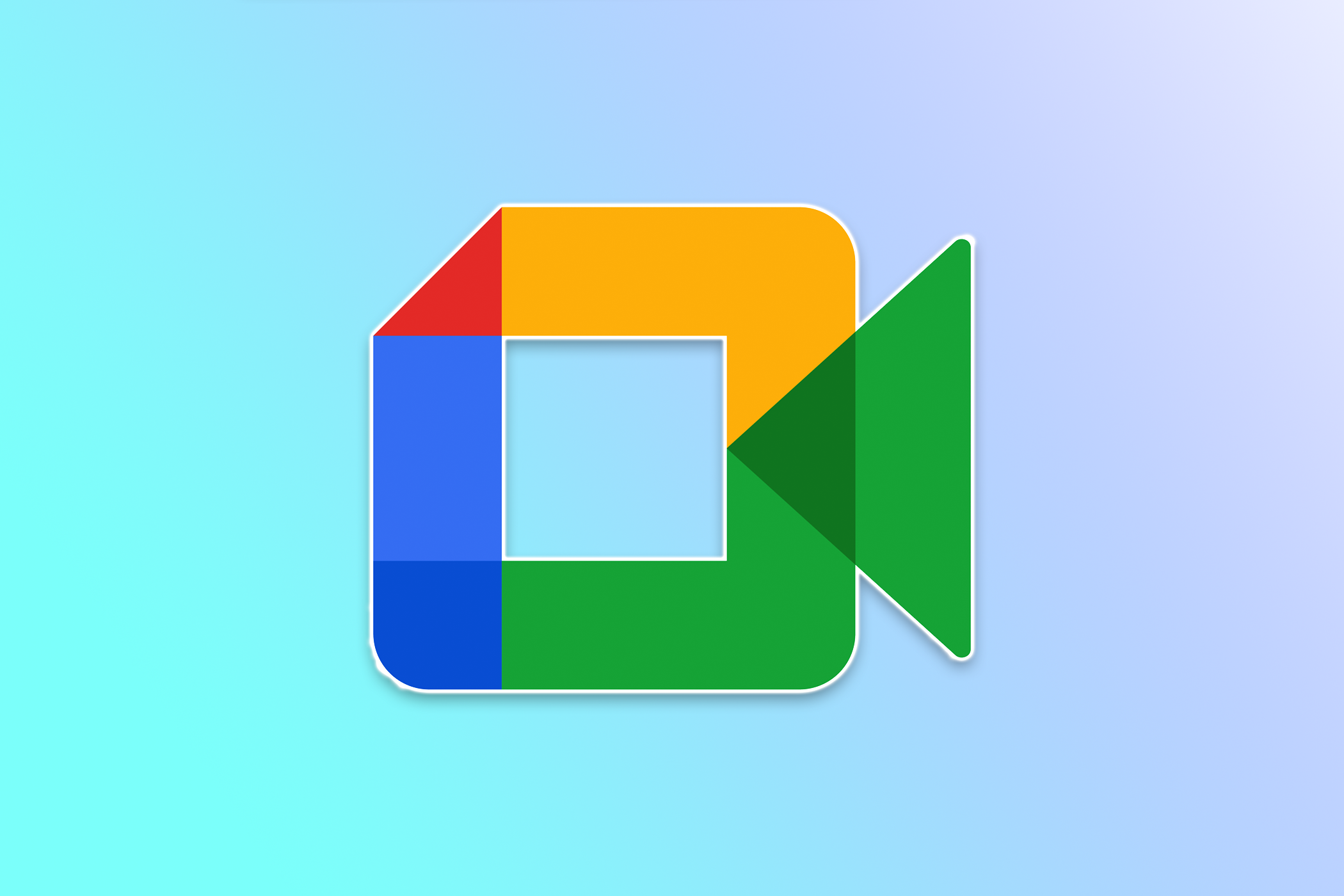The COVID-19 pandemic led to a surge for better videoconferencing tools. Suddenly, there was a lot of competition in the segment, as more people had to use them with remote and hybrid work (and to socialize outside of work). Google Meet became one of the better options, for its versatility and customization options. Now, the app is getting even better with the addition of several new customization options.
Google Meet is introducing a handful of new features to enhance personalization during virtual meetings. Meet already had a bunch of options to spice up what might otherwise be boring work meetings, but in case those weren't enough, we're getting more of them now. The first feature allows you to combine multiple video effects on both web and mobile platforms. This means you can merge background effects with filter effects to create a more dynamic experience. The new layer icon on the self-view tile helps users keep track of the effects they are using and allows them to remove one or all effects at once.
The second enhancement is a revamped user interface for effects. The design is streamlined, making it easier for users to discover and apply various features. Effects are now categorized into backgrounds, filters, and appearance adjustments. Backgrounds are further organized into categories like new backgrounds, blurred backgrounds, and user/company uploaded backgrounds. Filters include funny filters, accessories, costumes, and characters. The appearance category allows users to adjust lighting, framing, and video quality.
The third feature, available with the Duet AI for Google Workspace Enterprise add-on, is Studio Lighting on the web. This feature enables users to simulate studio-quality lighting by adjusting lighting position, brightness, and color to enhance their appearance during meetings. We'd have to see how well this particular one works in real life, though— Lastly, Google Meet introduces Studio Sound, another feature of the Duet AI for Google Workspace Enterprise add-on. Studio Sound automatically improves poor audio quality from Bluetooth headsets and dial-in participants by using AI to recreate higher audio frequencies.
These features should be rolling out within the next few weeks, so make sure to keep an eye out to spruce up those meetings.
Source: Google
